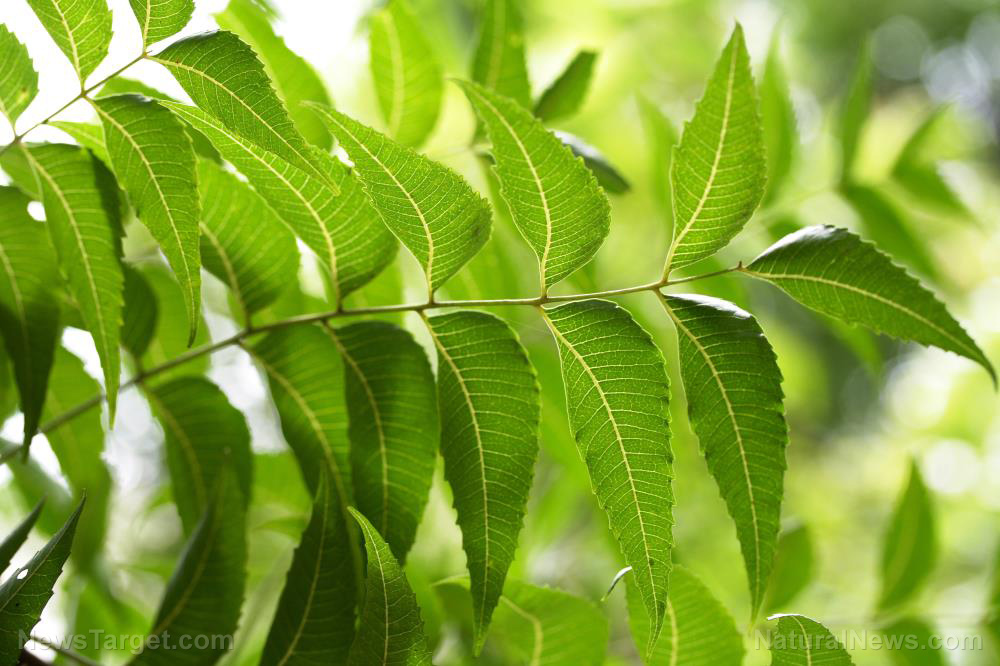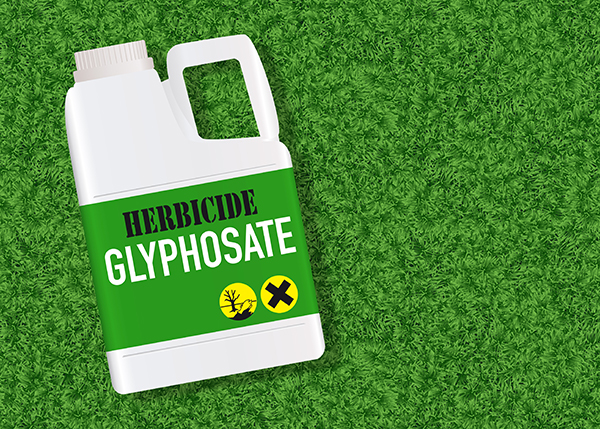
Researchers from Kobe University have recently released the results of a study that looked into how plants manage oxidative stress. The study focused on an unusual reaction that the researchers had observed in previous studies.
How plants suppress oxidative stress
Plants experience oxidative stress when they absorb excess light energy during photosynthesis. When this happens, they produce reactive oxygen species – chemical molecules made up of oxygen atoms, such as peroxides and superoxides. Too much of these in plant cells can end up damaging them.
According to the study, plants actually have a means of dealing with oxidative stress. When plants detect the onset of oxidative stress, they suppress the production of reactive oxygen subspecies by oxidizing a substance known as P700.
P700 is a type of chlorophyll, the substance that both gives plant leaves their green color, and helps with photosynthesis. When it absorbs sunlight, an electron is excited to a higher energy level in the P700. The resulting P700 with the excited electron, called P700*, is the strongest biological reducing agent. Reducing agents, such as P700* (excited P700), then end up donating this electron to oxidizing agents, in what's known as a redox chemical reaction, turning into P700+ (oxidized P700).
Previous studies by the team, led by Professor Chikahiro Miyake, have confirmed that all oxygen-producing plants that use photosynthesis use the P700 oxidation system to deal with oxidative stress. Furthermore, the researchers also found that the oxidation of P700 was accompanied by a cyclic electron flow (CEF). This cyclic flow isn't necessary for the linear electron flow in P700 that forms part of regular photosynthesis – so what is it for?
To learn more about this alternative flow, the researchers analyzed the interaction between electron carriers in wheat leaves. These are compounds that transport electrons from chlorophyll to other compounds during photosynthesis as the plant creates its own food.
Based on their tests, the researchers discovered that under certain conditions, when P700* is oxidized, a charge recombination occurs in which electrons flow in from the electron carriers.
This kind of charge recombination has been observed on the cellular level in cyanobacteria and green algae. However, its role in photosynthesis remained unknown until now. Now, the researchers discovered how it helps plants deal with oxidative stress.
Many of the electron carriers in the process have a low reduction potential compared to oxygen. As a result, these can pass electrons to oxygen to produce reactive oxygen subspecies that cause oxidative stress. The charge recombination between P700 and the electron carriers suppresses the latter from passing electrons to oxygen.
Developing an early warning system for oxidative stress
The fact that the researchers used wheat leaves underlines why the study is important. It shows that even with the suppressing mechanisms they have, plants such as food crops are still vulnerable to damage from oxidative stress.
Following their previous studies on oxidative stress, the researchers are now looking toward developing an early warning system of sorts for oxidative stress in plants. The main focus of this effort is to develop equipment to detect high levels of P700+ in plants, which may indicate that oxidative stress is about to occur, or is already occurring.
Such an early warning system could help farmers and growers keep more of their crops healthier, especially in seasons of extreme sunlight where these crops are most vulnerable to oxidative stress damage. With the new findings from this most recent study, the development of such a system looks to be much closer to reality.
Sources include:
Please contact us for more information.























